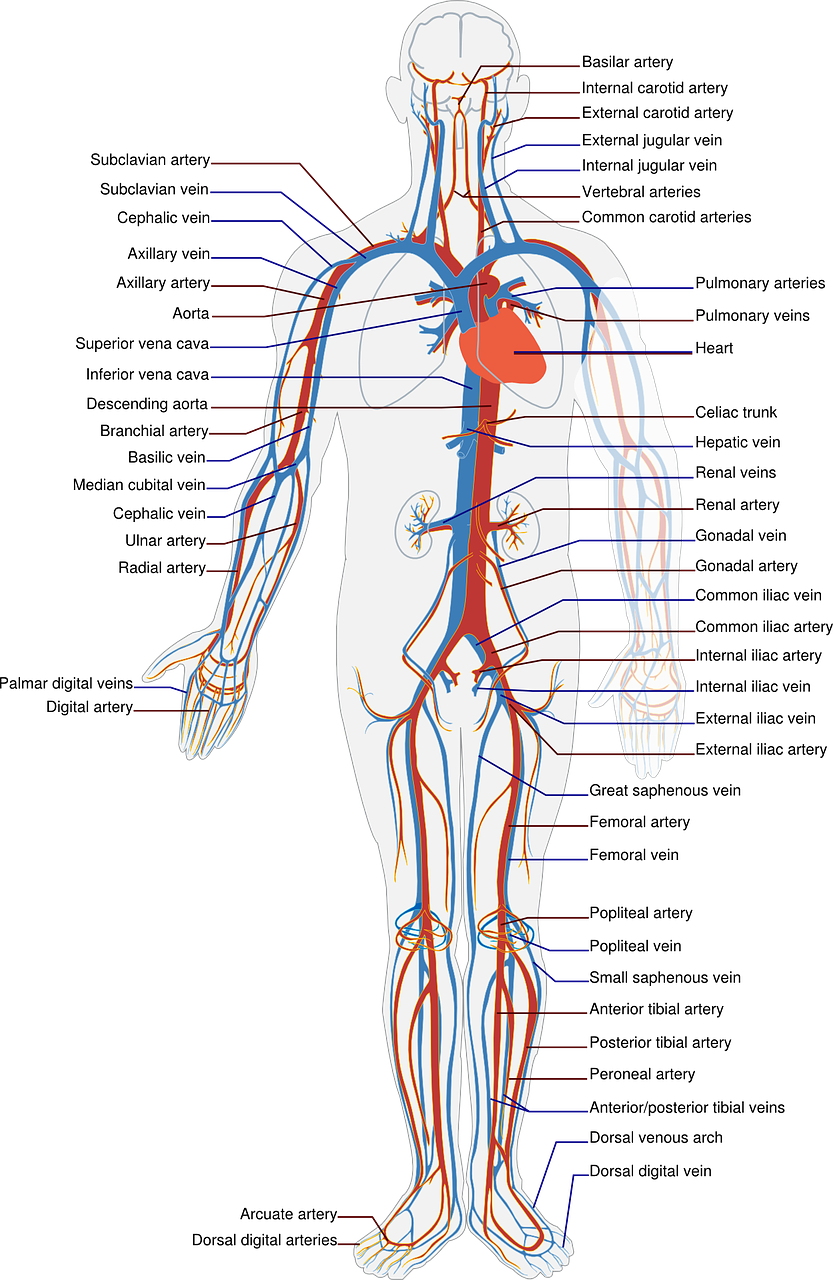Author: Brooke Carmen, PT, DPT: Doctor of Physical Therapy and Blog Contributor. Loves fun informational gems. Fitness addict and wannabe foodie. Emphasizes patient-specific treatment style and promotes goal-oriented care. Learn more about Brooke on here.
Your alarm goes off in the morning and you jump out of bed. Upon standing, you start to feel light headed and your vision decreases. You feel like you are going to faint. After a few seconds, things are normal again. What the hell was that? You're totally sober.
Orthostatic hypotension hit you. This is a condition when your blood pressure drops significantly upon standing. Hypotension is a term for low blood pressure.
Your bodies “highway” for bloodflow includes three major tracks: arteries, veins, and capillaries. Arteries carry oxygenated blood from the heart to your tissues. Capillaries are microtubules that exchange gas and nutrients to and from your tissues. Veins return deoxygenated blood from your tissues to your heart.
Blood pressure is measured with two numbers, one over the other. The top number is called systolic which measures the pressure in arteries when the heart contracts. The bottom number is diastolic which measures pressure in arteries between heart rest and refill. Normal blood pressure is 120/80 mm Hg.
Orthostatic hypotension is generally defined as when your systolic pressure drops >20 mm Hg, your diastolic pressure drops >10 mm Hg, or both.
When you stand quickly, the blood in your veins pools down towards your legs and trunk. This reduces the amount of bloodflow returning to the heart. Reflexes are then activated to return blood flow to normal. This increases your blood pressure to then normalize blood flow.
Next time you stand up quickly and experience a sensation of becoming faint, take a seat and rest a few seconds. Your body should normalize. If you are experiencing excessive or prolonged episodes of orthostatic hypotension, you should discuss this with your doctor. She or he may want to order testing to further evaluate your blood flow and/or heart activity.
For more questions regarding orthostatic hypotension, dizziness, blood pressure, and heart functioning, don’t hesitate to reach out to your physical therapist.




